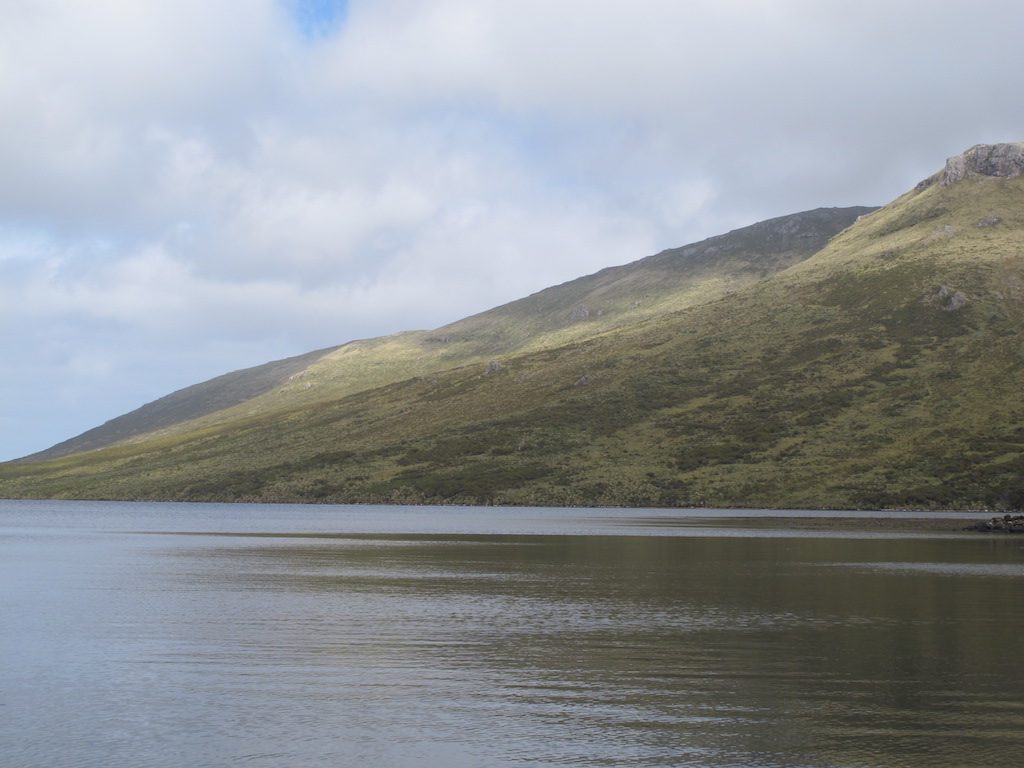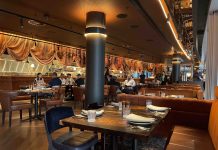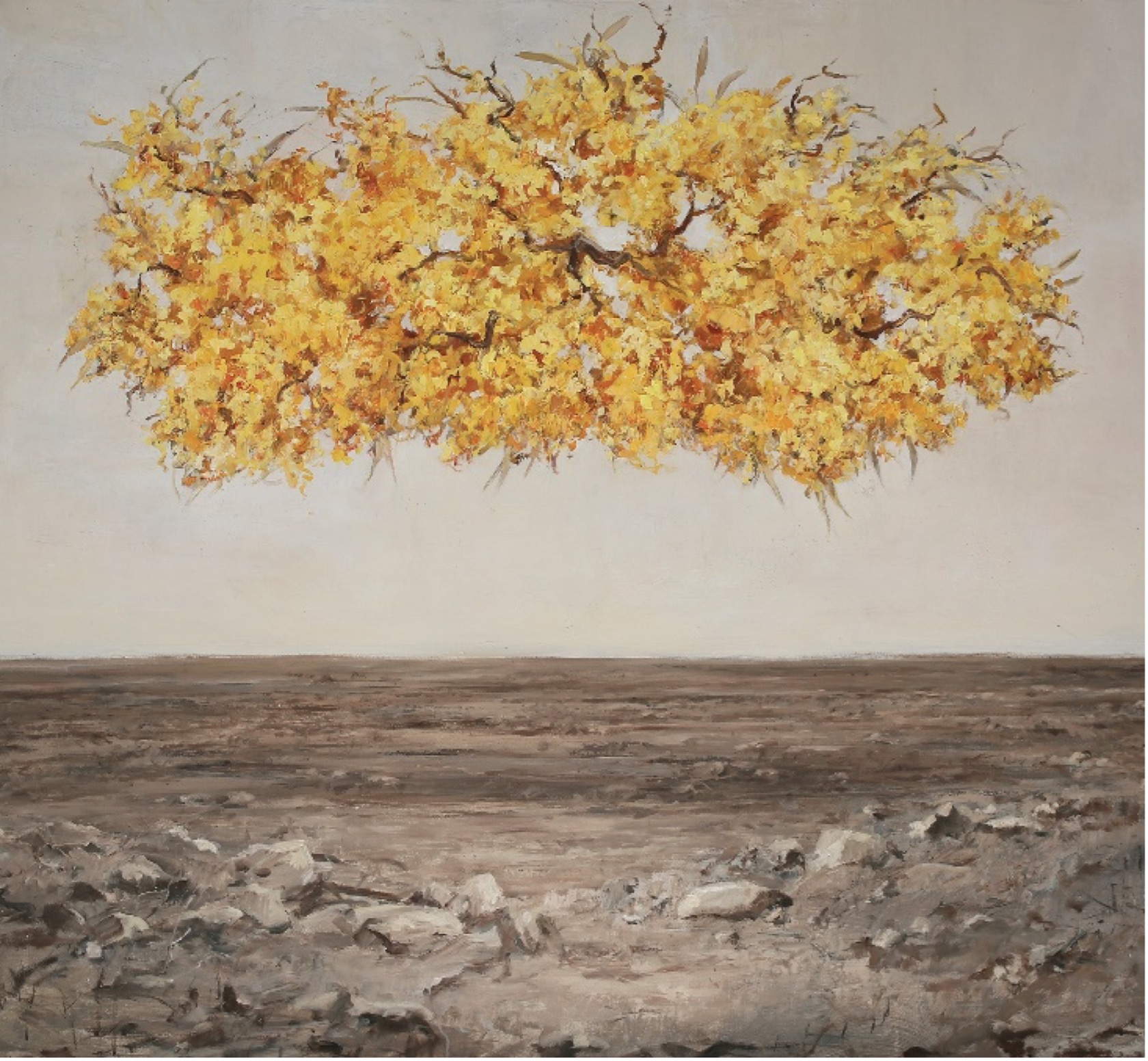MORE people climb Mt Everest than visit the Subantarctic Islands each year. These wild, remote and compelling groups straddle the boisterous Southern Ocean in a 700km wide arc, south and east of New Zealand. All, with the exception of Macquarie Island, are managed by New Zealand.
There are six Island groups and they include the Snares, so named by George Vancouver as he felt they were a snare to shipping. UNESCO-rated Macquarie Island, the largest lays roughly half way between mainland Australia and Antarctica.
There are also the Auckland Islands which include Enderby and Campbell Islands, the Antipodes and the Bounty Islands mapped by William Bligh in 1788, the year Australia was founded.
We had some of the best weather ever recorded on these voyages with daily temperatures around 6°-13ºC, surprising the expedition team of 17, knowing that some shipping companies cannot access these islands due to stormy conditions and the few who persevere, usually only visit annually.
Of the six pristine uninhabited islands, only three allow onshore visits and in selected numbers. Excursions included around a four to five km boardwalk stroll on the permitted islands and zodiac rides around all of them.

At each landing, the expedition team were required to unload provisions and tents in case the weather closed in and we were unable to return to the ship by zodiac.
Zodiacs are used to access the islands as the ship anchors out to sea at all times. Visits to the islands are taken very seriously with all boots (most are wet landings) brushed and washed in disinfectant back at the ship and all outer clothing and gear periodically vacuumed ensuring any mud, seeds and disease organisms are not transferred to the next island. Instructions are given regarding safety and approaching wildlife onshore.
Surrounded by engaging penguins in their thousands – the King reigns supreme on Macquarie – noting endemic penguins on other islands, the stately albatross of many varieties and sprawling elephant seals, fur seals and sea lions are all huge attractions to these islands. The sea also revealed its bounty of orca and sperm whales.

All the islands are now free of introduced species thanks to massive eradication programs. Rats, mice, cats, rabbits to mention a few, arrived with shipwrecks, sealers and whalers. Native grasses were under threat from rabbits, while the others decimated birds and their eggs.
The pest-free islands now have seen the resurgence of many unique flora such as the megaherbs Macquarie Island cabbage and the Ross Lilly – a hairy-leafed plant with a large single poker-like yellow flower. Others include the Hebe and the lovely red-flowered coastal Rata tree.

It has also seen the return of rare birds like the timid rail and the snipe, both no longer threatened. The megaherbs on the islands are quite broadleafed with large flowers and it’s not known if these evolved on the islands themselves or are relics that pre-date the Ice Ages.
Farming has been attempted but without success; the isolation, bleak weather and poor peat soil rendered life unsuitable for habitation, crops and livestock.
These windswept islands are best left to the lonely, ancient cry of seabirds in the foggy heights of towering volcanic cliffs, the breathtaking grandeur of jagged peaks and razor-edged ridges – a return to life as it always was, forbidding, raw, inviting, yet furious at the same time.

The islands have not always enjoyed this splendid isolation. In the mid 1800s and early 1900s, whalers and sealers moved in, putting the seals and even the penguins at severe risk of extinction.
Tens of thousands of each were destroyed for fur and oil; even penguins pelts were used for fashionable lady’s muffs – (hand-warmers.) Thankfully, the slaughter ended in the early 1900s and numbers have revived.

Apart from recent contact with the islands, anthropologists have discovered ancient Polynesian middens dating back to the 13th century, the most southern of any Polynesian settlement.
Geologically, the islands are different with the Snares and Bounty Islands being granite outcrops. The Auckland Islands including Enderby and Campbell islands are mainly volcanic basalt.
All except Macquarie Island are considered part of the relatively newly named submerged continent of Zealandia that separated from the Australian plate around 85 million years ago. Put simply, the highest points formed all these islands plus New Zealand. Macquarie Island was an upthrust from the Australian and Pacific plates 700,000 years ago, a fairly new island in geological terms.
Macquarie Island boasts a significant research station, operated by the Australian Antarctic Division in Tasmania and was established by Sir Douglas Mawson in 1911 as a communication post between Antarctica and Australia. It has been manned since 1948 and is still important as a scientific and meteorological station.

Back on board, daily lectures by the expedition leaders kept us informed on everything of interest from marine life to birds and botany, geology and history, research on the islands to shipwrecks and pest eradication.
Two young researchers from Enderby Island returning to New Zealand aboard our ship after several months, informed us one evening of their findings and the life and hardships of remote island living.
It was a rare privilege to experience these timeless islands that lie untouched in all weather conditions with their ancient birdlife population that includes albatrosses, shearwaters, skuas, cormorants, giant and cape petrels, prions, terns, kelp gulls, penguins – even the rare yellow-eyed penguin endemic to the Auckland Islands, and a rare parakeet, all enjoying the serenity and harmony on their private sanctuaries.
These are desolate islands, well off the beaten track but inspiring enough for the ship’s captain to be heard saying he will put these islands on his list of favourite destinations.
Perhaps the sight of soaring and dipping albatrosses over the ocean; the silence, peace and pure air fed the soul and like the captain, I think this is the tonic we all came away with after such a journey to territories little known.

Ponant will be sailing next to the Subantarctic Islands from 23 February – 11 March, 2019.




































